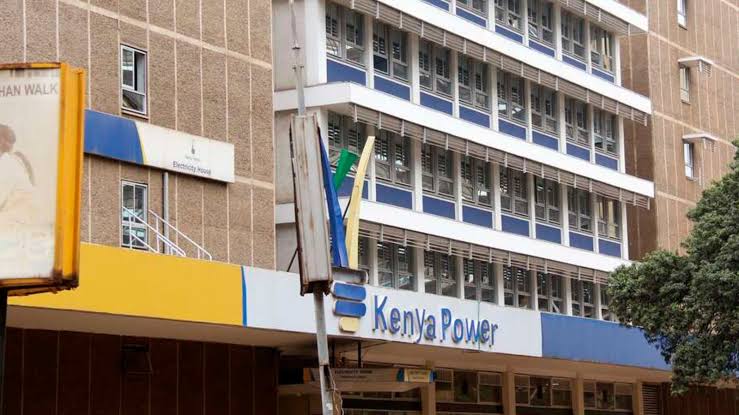In February 2023, President William Ruto and his Cabinet lifted the ban on procurement of new independent power producers (IPPs) that former president Uhuru Kenyatta had effected.
Mr. Kenyatta had banned IPPs following the recommendation of a taskforce that asked for the review of power purchase agreements (PPAs).
This ban meant that Kenya Power did not sign any new PPA with any IPP in a period of just over a year in line with the taskforce’s report.
IPPs are regarded as the primary reason why Kenya continues to experience high power costs. Kenya Power, which is now being headed by Joseph Siror, has entered into multiple contracts with IPPs that are to the disadvantage of taxpayers.
For instance, after paying IPPs for the cost of power it has bought from them, Kenya Power is then forced to pay them for the fuel used to produce the power it has just purchased.
These payments are in US dollars. This means that Kenyans are forced to shoulder fluctuation in the local currency for companies based in Kenya. The contracts are also set in a way that Kenya Power cannot abandon them before they mature.
For instance, in 2022, the Office of the Attorney General, the government’s principal legal advisor, told lawmakers that the PPAs cannot be terminated unless they are compensated billions of shillings for the remainder of their contracts.
Take 2020 for instance. Records show that Kenya Power bought a unit of power from Kengen at an average of Sh. 5.48. The power provider then sold a unit at an average of Sh. 16.31. With these costs, Kengen provided 72 per cent of all the power Kenya Power bought in 2020. However, it only received 48 per cent of the total money paid to power producers.
However, when it came to power produced by IPPs, Kenya Power paid through the nose. The weighted average cost of power Kenya Power acquired from IPPs in the same period was Sh. 35 per unit.
Joseph Siror appointed Kenya Power CEO. See his career profile
These IPPs don’t charge the same amount. Their costs, which Kenya Power signed to range from Sh. 19 to Sh. 173 per unit.
This is where it gets shocking. The IPPs producing thermal power provided only 5 per cent of all the power Kenya Power bought in year 2020. They the received 20 per cent of the money paid to power producers.
One of the IPPs that has been singled out for costly power is Gulf Power which a parliamentary probe showed has local shareholders who include politicians.
Gulf entered into a Power Purchase Agreement (PPA) in December 2012 with Kenya Power. This effectively put Kenya Power under obligation to buy electricity generated by Gulf Power and also pay energy charges, fuel charges and excess start charges for the Net Electrical Output.
According to Kenya Power’s annual report for the financial year ended June 2022, Gulf Power (with an installed capacity of 80.32 megawatts) sold 81Gwh to Kenya Power during the period under review. Kenya Power paid it Sh. 3.56 billion.
In 2021 financial year, Gulf Power sold 21 Gwh of power to Kenya Power. It was paid Sh. 2.5 billion in the process.

